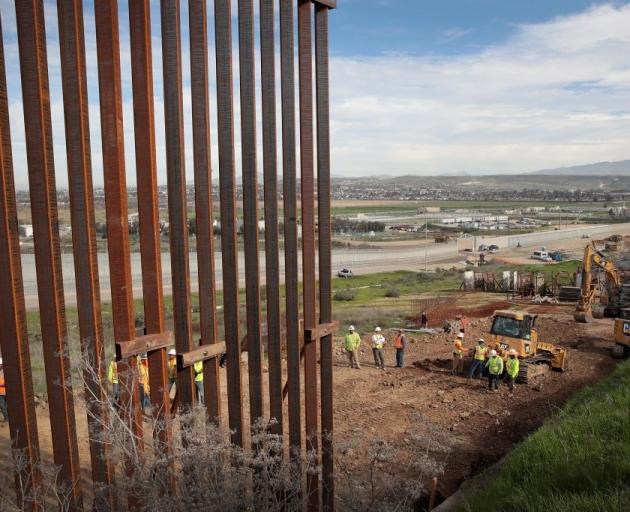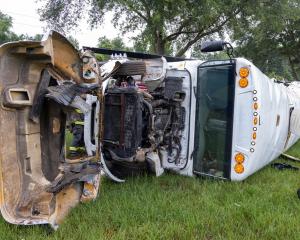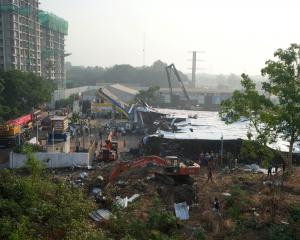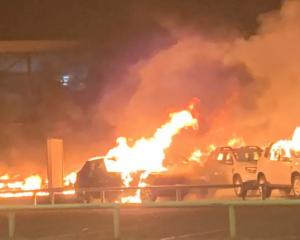
Lost in the argument between lawmakers and US President Donald Trump over funding for a potential wall along the US-Mexico border is the effect such construction would have on private property owners, legal experts warn.
The 3200km border already has about 1120km of fencing, and Trump is pushing for $US5.7 billion ($NZ8.38 billion) to add to that barrier - a key election promise that he says would cut down on illegal migration into the United States.
Democrats and some Republicans have pushed back for months, calling the wall a waste of money and even immoral. The impasse resulted in last month’s 35-day partial government shutdown - the longest in history.
“Not a lot of people realize this wall is not just at the border,” said Mary McCord, a senior litigator with the Institute for Constitutional Advocacy and Protection at Georgetown Law School.
“Housing communities would be cut off. People would have to go through a gate to get to their house - and these are US citizens,” she told an audience at the New America Foundation, a think-tank.
Elsewhere in Washington on Wednesday, legislators worked to finalise a tentative deal that would avert another shutdown and fund just 88km of fencing. It is unclear if Trump will sign it.
The president has threatened to declare a state of emergency and reapportion federal money to build the wall if Congress won't provide the funds.
The wall, as Trump envisions it, could harm thousands of property owners, said Ilya Somin, law professor at George Mason University and expert on eminent domain, the legal mechanism by which the federal government can take private property.
He, and others, said the wall would run through Native American lands, wildlife preserves, state parks, and even a church - La Lomita Chapel - on whose behalf McCord has sued, contending the wall would infringe on religious practice.
Landowners, meanwhile, have already been receiving requests to survey their property, said the panel’s participants.
Further, the legislative debate has obscured the fact that Congress authorised $US1.6 billion last March that included construction of 53km of border fence in Texas’ Rio Grande Valley.
“Already there are sightings of bulldozers and massive protests going on pretty regularly,” said Kiah Collier, who has reported extensively on previous construction on the border wall, much of which took place after 2006.
That process was rushed and “botched”, Collier, who works for the Texas Tribune, said.
Now, Texas is “ground zero,” Collier said, for a clash of priorities.
The state sees much of the illegal immigration into the United States, and 95% of Texas land is privately owned, putting the state squarely in the debate over the wall and eminent domain.
And while property owners who have their land taken under eminent domain are supposed to receive fair compensation, legal experts say that almost never happens.
“President Trump has often said that these property owners would get a windfall if their land was taken,” Yuliya Panfil, organizer of Wednesday’s panel, told the Thomson Reuters Foundation.
“In fact, that’s not true,” said Panfil, director of the foundation’s Future of Property Rights programme.
“Generally there’s a history of being undercompensated, and it really splits along economic and racial lines, where the vulnerable get less compensation.”
- Thomson Reuters Foundation












